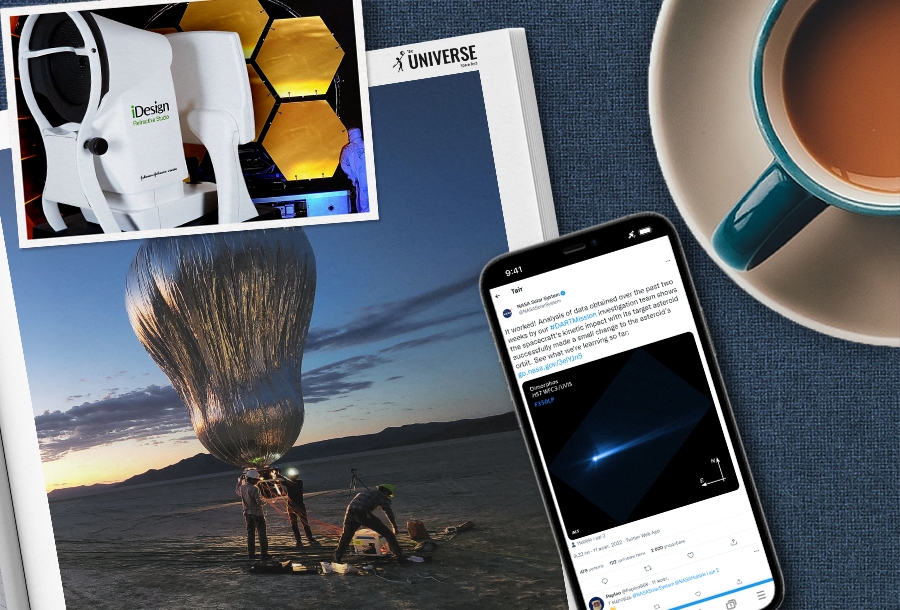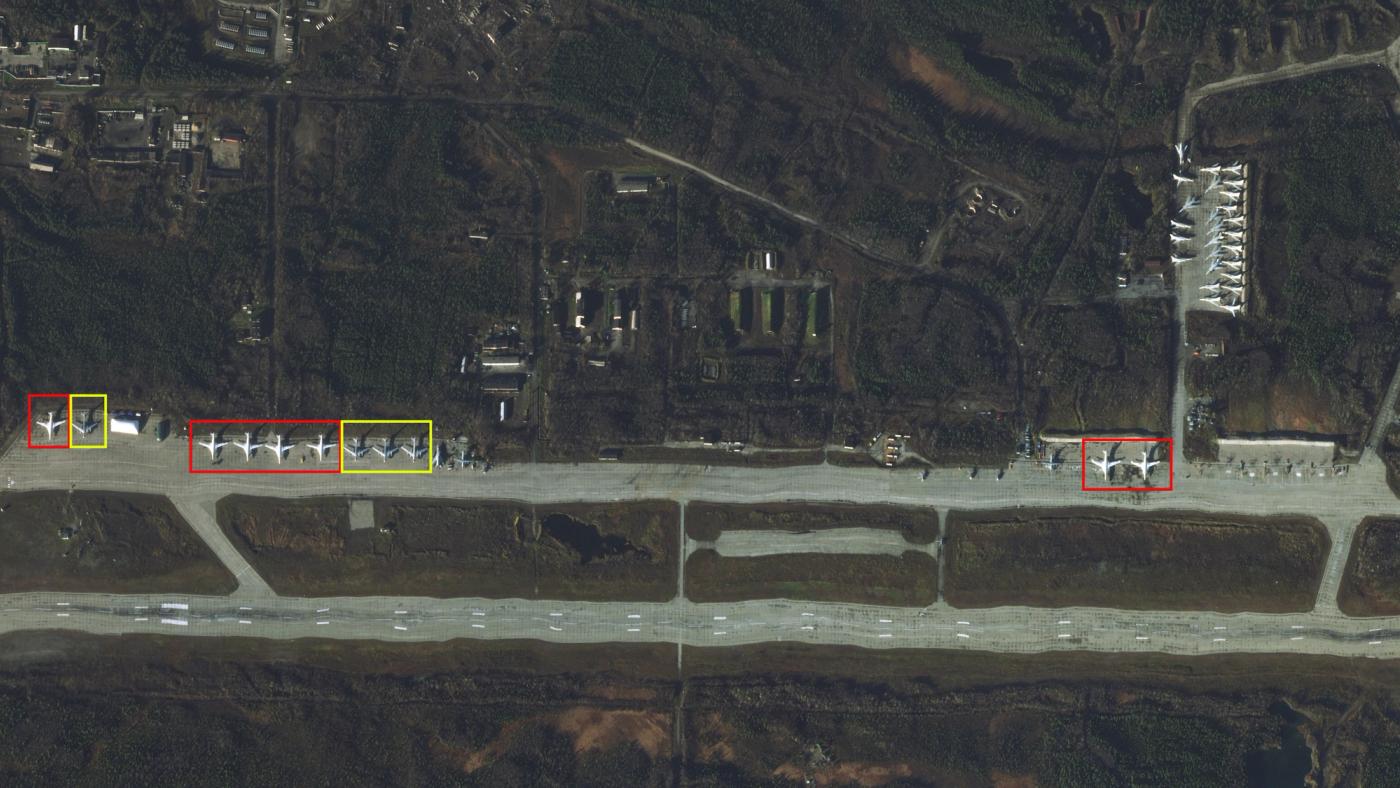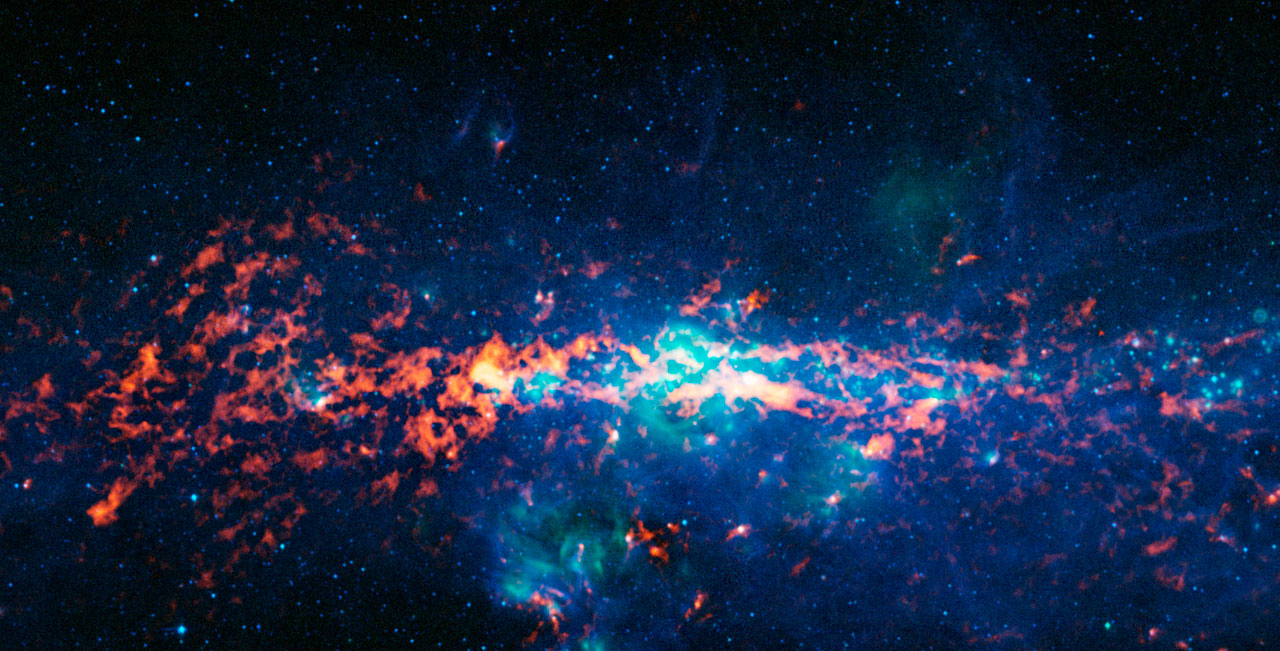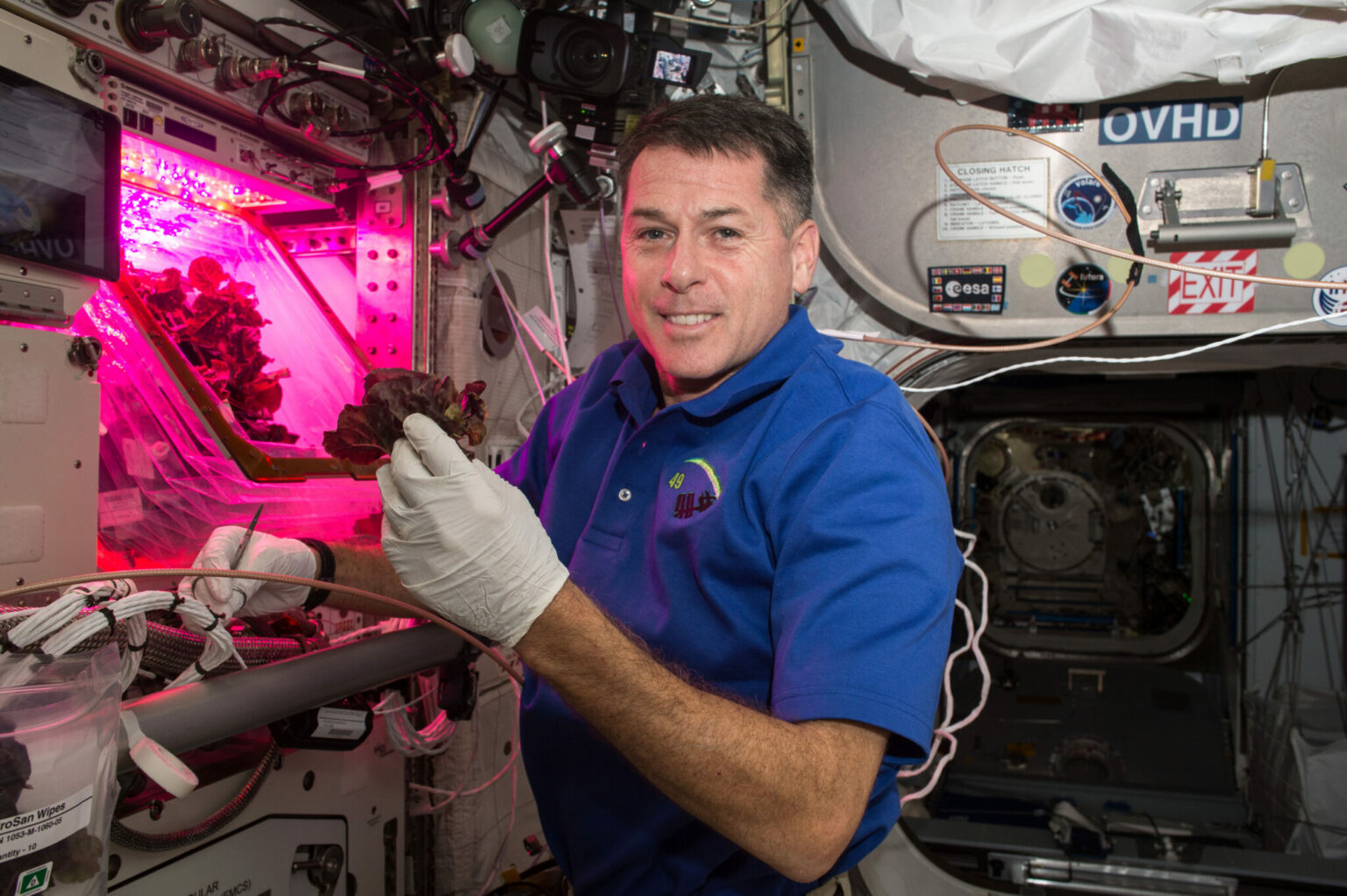Selection of the most interesting space news for the week: NASA tested a prototype of an aerobot to study Venus; the DART mission managed to change the orbit of an asteroid, and we tell you how to grow a garden on the Moon.

“The scientist is not a person who gives the right answers, he is one who asks the right questions.”
― Claude Levi-Strauss
The US is concerned about Chinese space infrastructure in South America
The Chinese space infrastructure in South America worries the Center for Strategic and International Studies of the United States. Although it is civilian, it can also be used to support military spaceships. China is trying to become a serious player in the market of satellite services for middle-income countries. But, despite the civilian purpose of this network, the United States fears that Beijing may use it for espionage, monitoring and possibly even hitting ships of the United States and other countries.
Exact hit: NASA confirmed the asteroid’s orbit change
NASA reports that the first-ever mission to intentionally collide a spacecraft with the asteroid Dimorphos not only turned out to be accurate, but also was able to radically change its trajectory. With this, the aerospace administration has proved that it is able to prevent the potential fall of a dangerous asteroid to Earth in the future.
NASA tested a prototype of an aerobot to study Venus
A group of engineers from NASA’s Jet Propulsion Laboratory (JPL) and Near Space conducted successful tests of a prototype robotic balloon (aerobot). In the future, such a device can be used to study the atmosphere of Venus. The designers also took into account the aggressive composition of the atmosphere of Venus, which in particular is famous for its clouds of sulfuric acid. The outer shell of the aerobot will be made of a multilayer material, including an acid-resistant coating, a metallized layer to reduce solar heating and a structural inner layer strong enough to attach scientific instruments to it.
James Webb technologies are already used for the treatment of vision
The James Webb Space Telescope (JWST) has already proven its scientific value with strikingly detailed photographs. Huge and powerful mirrors capture light at a distance of billions of light-years thanks to ultra-precise alignment technology responsible for an incredibly clear picture of distant objects. But this development is not limited to observations of the universe alone. The invention was integrated into Johnson & Johnson Vision’s iDesign Refractive Studio, a device that performs precise scans of human eyes to determine patients’ visual defects.
Johnson & Johnson describes the technology as “an optical fingerprint unique to each patient’s eye”. Thanks to the integration of technology from James Webb, it can include more than 1,200 measurements of each person’s eyes, establishing a diagnosis with previously unattainable accuracy.
Astronomers recorded the most powerful gamma-ray burst in history
The GRB221009A gamma-ray burst recorded on October 9 is the strongest in history. The photon energy from it is 18 TeV. It is believed that it was formed during the outbreak of an extremely powerful supernova. In the entire history of observations of the sky, only a few events have been recorded, photons from which had energy measured by TeV. And the energy above 10 TeV has never been observed in a single particle before. For comparison, the most powerful collision in the Large Hadron Collider had an energy of only 13 TeV, and this result consisted of the energies of two particles.
GRB221009A research is still ongoing. So far it is known that it took place in a distant galaxy, where there is an increased amount of dust. Perhaps in the future astronomers will understand what made it so powerful.
Photo of the week

The Planet satellite has been observing an increase in the number of strategic aircraft at the Olenja flybase near the border with Norway for some time. The pictures clearly show the Tu-95 and Tu-160 nuclear bombers. The Norwegian edition of Faktisk has published images of the Russian airbase Olenja, taken by the satellite company Planet. The pictures are dated 12.22 on October 7, GMT+3, and they clearly show Russian bombers, which were not there before.
Interesting figure — 400 quintillion liters of alcohol

At a distance of 10 thousand light-years from the Earth there is a huge cloud of alcohol. The cloud found near the constellation of Aquila is 1000 times the diameter of the Solar System. It contains 400 quintillion liters of alcohol. To absorb such a volume, everyone would need to consume 300 thousand liters of alcohol daily for a billion years. It sounds very attractive, but there are two serious obstacles: distance and suitability for use.
Something to read on the weekend

Stable space exploration is impossible without the ability to live in it. This means that it is necessary to build space stations, as well as be able to grow plants in unearthly conditions. We tell you how to grow a garden on the Moon and about the 5 most promising space stations of the present and future.
Follow us on Twitter to get the most interesting space news in time
https://twitter.com/ust_magazine

